Once you enter the UI Models, you are redirected to the Model Overview Menu, where all the created models are listed, as well as all the necessary information to immediately attest to what you are going to do next.
Let's now introduce each section of the Models Overview Menu by the counter in the image below:
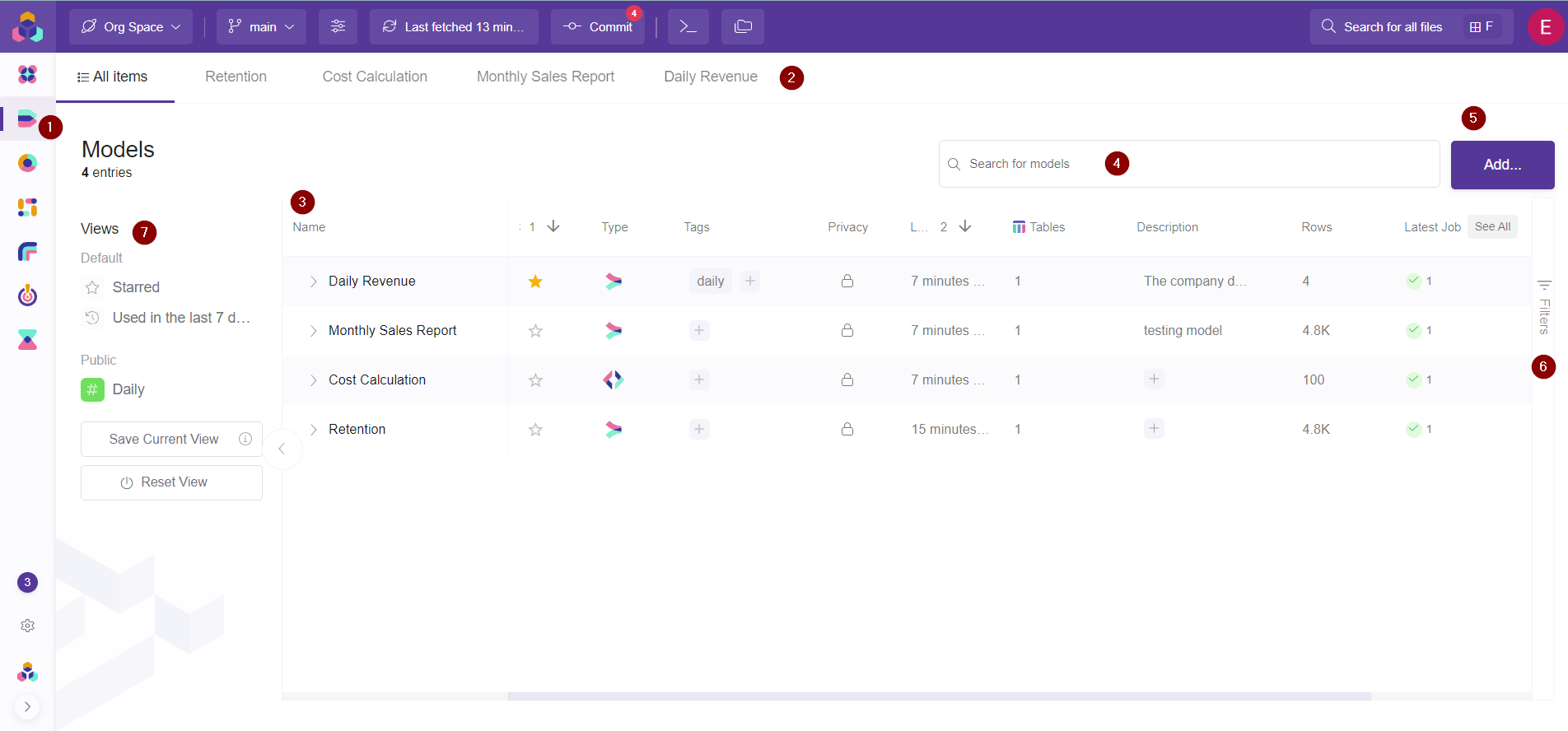
1 - Models button. By clicking it the Models Overview Menu will appear.
2 - Items top menu. By default when you open the Models all the Models will appear. As you can see to the left of the "All Items" button in the bar there are other tabs of recently opened models, which help you switch to between models just with one click, without going back and forth.
3 - Models Grid. In this data table, you can find all the necessary information about each model:
- Name of the model.
- Starred. You might click the star and make it yellow. This way you can filter by starred or just find it easy visually.
- Type. The Type of the model (Ui-Model or SQL model).
- Tags. By clicking the + sign you can easily add tags.
- This can help visually find the Model or you might as well filter them by clicking in the tags column filter.
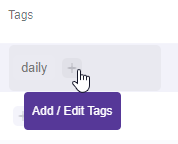
- Privacy. It shows if the model is Private or Public.
- Last used. Shows the time a model was last used.
- Tables. It shows how many new tables/outputs (output nodes) are generated from the model.
- Description. if shows the description of the Model. You can add a Description by clicking the + sign in the description placeholder, or also edit it by clicking the text you want to update.
- Rows. Shows how many rows does the Output node/s have in total.
- Latest Job. Shows the end status of the Jobs result. (Success or Failure). If you click a specific record you will be brought to the Overview section of the model's job you clicked. If you want to see the detailed data of your jobs you might click to the "See All" button beside on the Job's header.
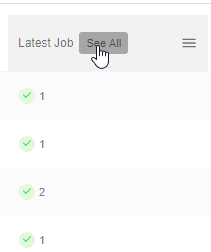
When you click the "See All" button a Jobs overview will open giving a default time range of the Jobs of the last 3 days (which you might of course change) giving detailed information of each job.

- Last Valid Job. Shows the time when the last valid job is executed. In other words shows the last time your Output data set is updated.
Important Note: Every column can be filtered and ordered by. If you want to order by simply click on the header of the column until an arrow up and down appears:


If you want to filter, then just hover to the column header and click the button that appears:

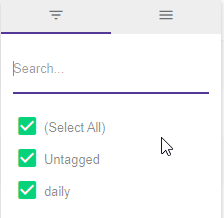
4 - Search for Models. Here you can search for a model by simply typing its name.
5 - Add.. With this button you can add a new model. Simply click it and follow the steps to create one.
6 - Filters. By clicking the filters button it opens a quick overview of the columns vertically.

7- Views. This is a very handy helper so you can jump directly to some preset filters like:
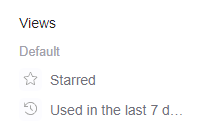
But what is even more powerful is the fact that you might create your personalized views, by simply following these steps:
- Filter or Order by any column. Here for example I will filter with the name revenue:
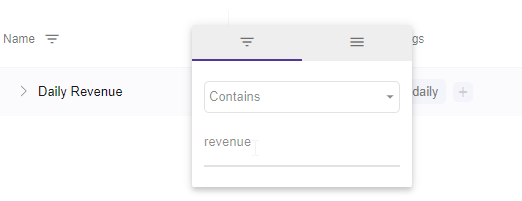
- Click "Save Current View" button.
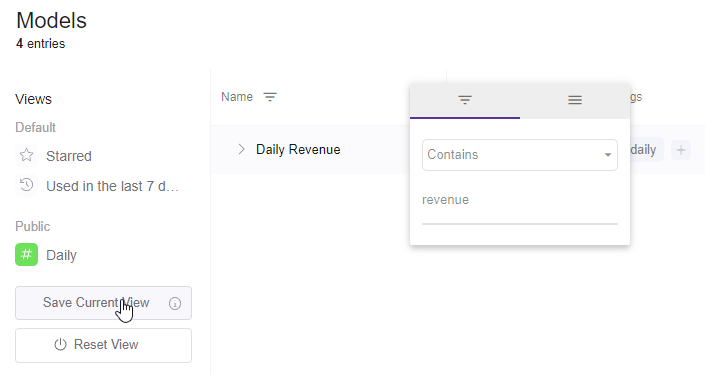
- Add the View a descriptive name and/or icon &color and click Save.
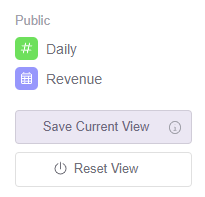
- If you want to jump back to the default view of all the models, simply click the "Reset View" button.